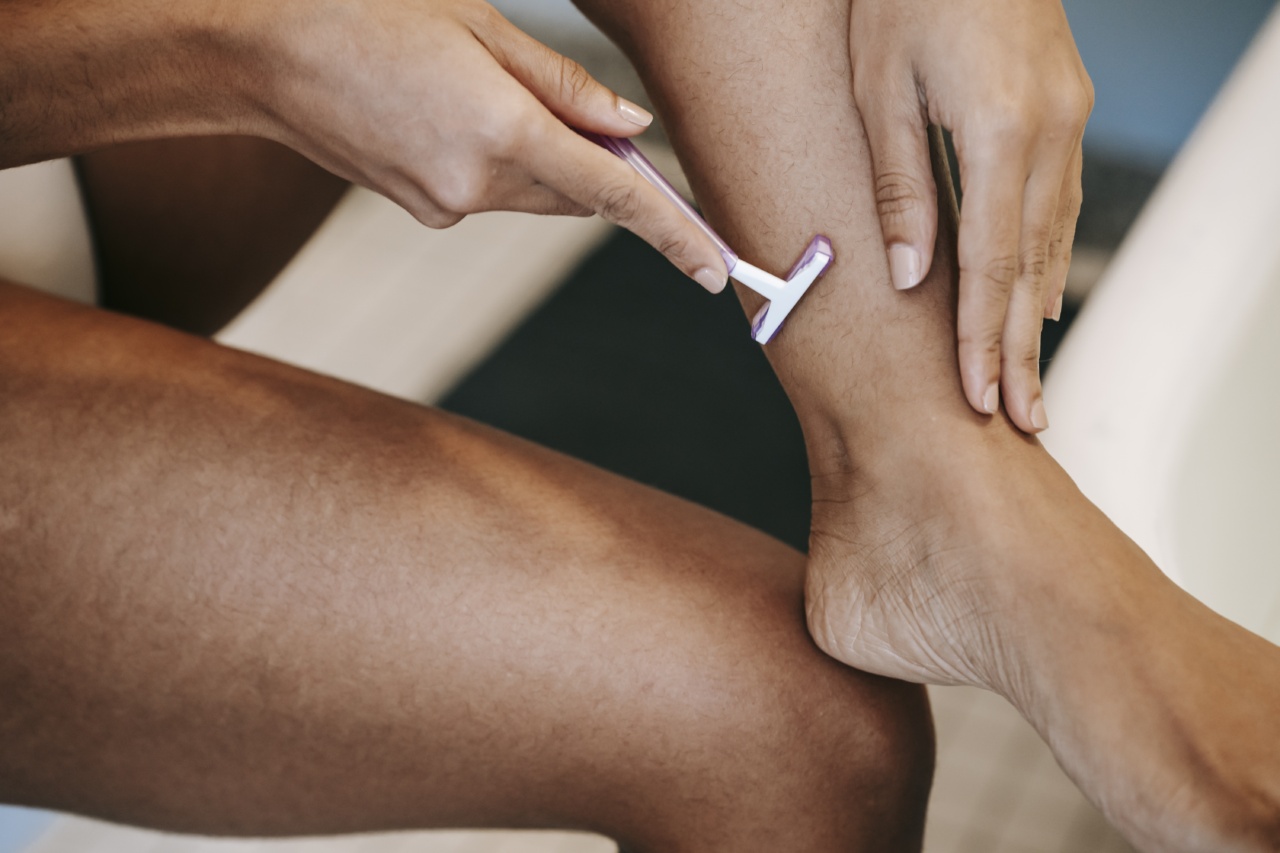Stretch marks, also known as striae, are a common skin concern that can affect both men and women. These unsightly marks usually appear due to rapid weight gain or loss, pregnancy, or puberty.
While they don’t pose any health risks, many individuals find them bothersome and seek ways to reduce their appearance.
If you’re looking to bid farewell to stretch marks for good, there are several effective treatments and lifestyle changes that can help.
In this article, we will explore some of the best methods to minimize and prevent stretch marks, allowing you to regain your confidence and have smooth, flawless skin.
Understanding the Cause of Stretch Marks
Before diving into the solutions, it’s important to understand what causes stretch marks. Stretch marks occur when the skin stretches or shrinks too quickly, causing the collagen and elastin fibers to tear.
This results in the distinctive lines or streaks that we commonly know as stretch marks.
Some of the most common causes of stretch marks include:.
- Rapid weight gain or loss
- Pregnancy
- Puberty-related growth spurts
- Genetic predisposition
- Hormonal changes
Treating Stretch Marks
While completely eliminating stretch marks may not always be possible, various treatments can significantly reduce their appearance. Here are some effective methods:.
1. Topical Creams and Oils
One of the most accessible and commonly used treatments for stretch marks is the application of topical creams and oils.
These products often contain ingredients like retinoids, hyaluronic acid, or collagen-boosting compounds, which can help improve the elasticity and texture of the skin.
However, it’s important to note that not all creams and oils are equally effective. Look for those that are specifically formulated to target stretch marks and have received positive reviews from users.
Regular and consistent use over several weeks or months is necessary for noticeable results.
2. Laser Therapy
Laser therapy has gained popularity as an effective treatment for various skin conditions, including stretch marks.
This non-invasive procedure uses laser light to stimulate the production of collagen, which helps the skin to regenerate and reduces the appearance of stretch marks.
Laser therapy for stretch marks typically requires multiple sessions, and the results vary depending on the individual’s skin type and the severity of the stretch marks.
It’s best to consult with a dermatologist experienced in laser treatments to determine the most suitable approach for your specific case.
3. Microdermabrasion
Microdermabrasion is a minimally invasive procedure that exfoliates the skin and encourages cell turnover.
It involves the use of a specialized device that gently removes the top layer of dead skin cells, helping to improve the texture and appearance of stretch marks.
This treatment is typically performed in a dermatologist’s office or a medical spa. While microdermabrasion can provide noticeable results, a series of sessions is usually recommended for optimal effectiveness.
4. Chemical Peels
Chemical peels involve the use of a chemical solution to remove the outer layers of damaged skin. This procedure promotes skin regeneration and can improve the appearance of stretch marks.
There are different types of chemical peels available, ranging from superficial to deep. Superficial peels generally have little to no downtime, while deeper peels may require some recovery time.
It’s important to discuss your goals and expectations with a dermatologist before deciding on the appropriate type of chemical peel for your specific case.
5. Retinoid Creams
Retinoids, derived from vitamin A, have been proven effective in reducing the appearance of stretch marks. These creams or gels promote collagen production and help to fade stretch marks over time.
Retinoid creams should be used with caution, particularly by pregnant or breastfeeding individuals, as high doses of vitamin A can potentially harm the developing fetus or infant.
It’s crucial to consult with a healthcare professional before using retinoids if you are pregnant, planning to become pregnant, or breastfeeding.
6. Fractional Laser Resurfacing
Fractional laser resurfacing is a more intensive laser treatment that delivers laser energy in a fractionated pattern to stimulate collagen production and reduce the appearance of stretch marks.
This procedure is typically performed by dermatologists or trained skincare professionals. Fractional laser resurfacing may require some downtime for recovery, as it is more aggressive than other laser treatments.
However, it can provide significant improvement in the appearance of stretch marks.
Preventing Stretch Marks
While it may not be possible to completely prevent stretch marks, taking certain measures can help minimize their likelihood or severity. Here are some preventive steps to consider:.
1. Hydrate Your Skin
Keeping your skin well-hydrated can improve its elasticity and make it less prone to developing stretch marks. Drink an adequate amount of water daily and apply a good-quality moisturizer to your skin regularly.
2. Manage Weight Changes Gradually
Rapid weight gain or loss is a common cause of stretch marks. To minimize the chances of developing them, it is essential to manage weight changes gradually.
Gradual weight loss or gain allows the skin to adapt more easily to the changes, reducing the risk of stretch mark formation.
3. Eat a Balanced Diet
Consuming a diet rich in vitamins and minerals can promote healthy skin and enhance its elasticity. Include foods high in vitamin C, vitamin E, zinc, and silica, which are known to support skin health.
4. Exercise Regularly
Regular exercise can help improve blood circulation, strengthen the skin, and maintain a healthy weight. Engaging in activities that promote muscle tone and skin elasticity can reduce the likelihood of stretch mark formation.
5. Protect Your Skin from the Sun
Excessive exposure to the sun’s harmful UV rays can weaken the skin’s elasticity and increase the likelihood of stretch mark formation. Apply a broad-spectrum sunscreen with an appropriate SPF to protect your skin from sun damage.
Conclusion: Embrace Smooth, Beautiful Skin
While stretch marks may be a common occurrence, they don’t have to become a permanent part of your skin.
By adopting appropriate treatment methods and preventive measures, you can effectively reduce the appearance of stretch marks and feel more confident in your own skin.
Consult with a dermatologist or skincare professional to determine the best course of action for your specific case.
With patience, consistency, and a positive mindset, you can say goodbye to stretch marks for good and say hello to smooth, beautiful skin.






























